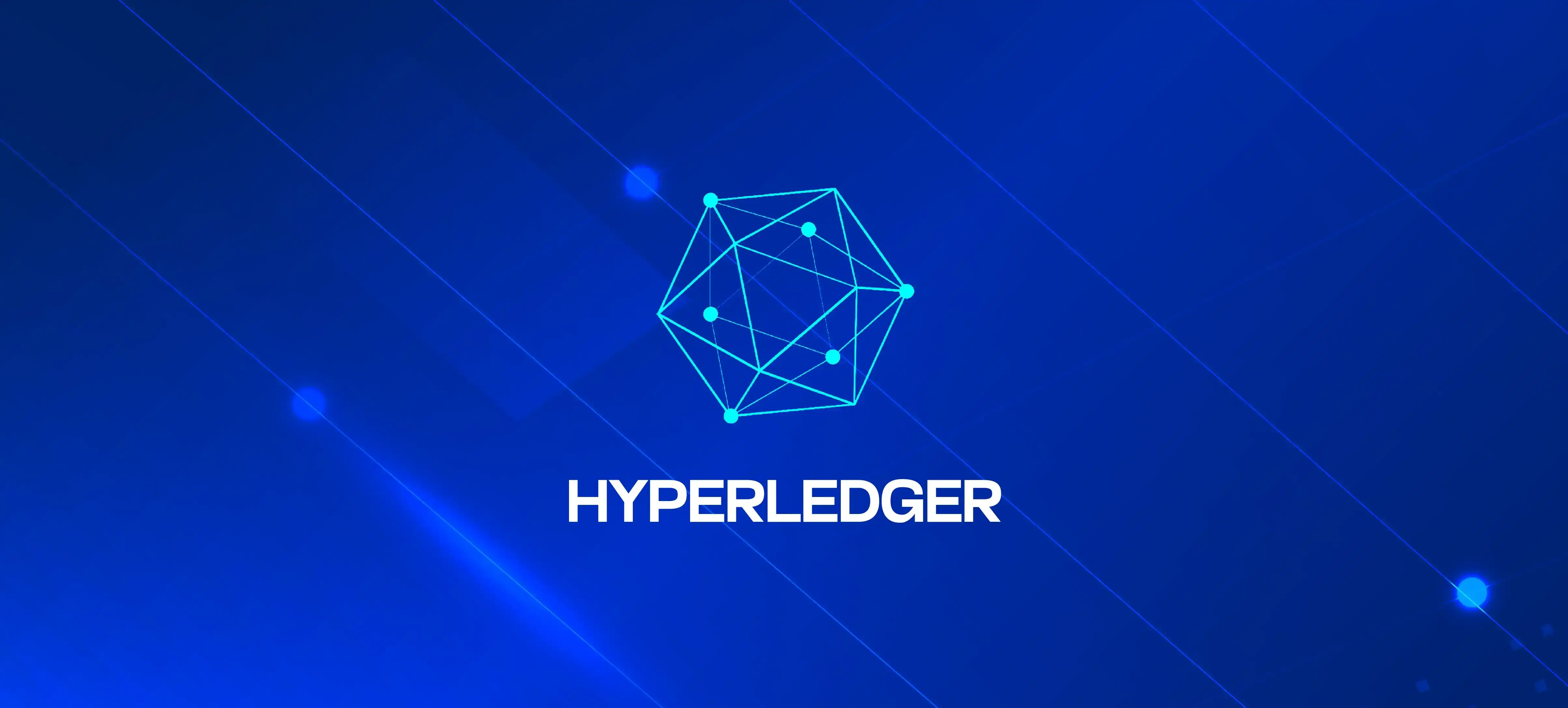
Surging Gas Could Kill Development Practices
Table of Contents
The Gas Fee Crisis: A Threat to Blockchain Development
The explosive growth of blockchain technology has brought about an ecosystem rich with innovation. However, surging gas fees present a critical challenge to the sustainability of development practices within Web3. This trend is not just an inconvenience for end-users; it significantly impacts blockchain developers, shaping their ability to build scalable, efficient, and user-friendly applications.
What Are Gas Fees and Why Are They Rising?
Gas fees are the transactional costs required to process operations on blockchain networks. They compensate miners or validators for the computational resources needed to validate and execute transactions. Unfortunately, several factors contribute to skyrocketing gas fees:
- Increased Network Demand: Popularity surges, such as NFT minting events or DeFi launches, flood networks with transactions.
- Blockchain Scalability Issues: Limited transaction throughput on Layer-1 blockchains like Ethereum amplifies congestion.
- Complex Operations: Smart contract executions, especially for intricate DeFi or NFT tasks, consume significant computational resources.
- Unpredictable Volatility: Gas prices fluctuate dramatically due to market trends, reducing predictability for developers and users alike.
- Auction-Based Pricing Models: Users bidding higher gas fees for faster transaction processing exacerbates the disparity in access.
- Expanding Ecosystem: As more applications and users join the blockchain ecosystem, the demand for processing power increases exponentially.
Development Practices at Risk
Stunted Innovation
High gas fees deter developers from experimenting with new use cases or deploying decentralized applications (dApps). This reluctance can stifle innovation, as creators avoid deploying potentially expensive or complex prototypes.
Restricted User Adoption
Surging gas fees discourage user engagement, limiting the audience for dApps and blockchain-based solutions. Developers may struggle to gain traction with their products, ultimately undermining project viability.
Economic Inefficiencies
Developers must allocate significant resources to optimize gas consumption, diverting attention from other priorities like improving user experience and security. This economic strain can hinder overall project success.
Shift to Centralized Alternatives
Prohibitive gas fees may push developers toward centralized alternatives, contradicting the core ethos of decentralization in blockchain technology. This shift undermines the vision of trustless systems.

Practical Strategies to Mitigate the Impact of Surging Gas Fees
Addressing surging gas fees requires both short-term adaptations and long-term solutions. Here are actionable strategies:
Leveraging Layer-2 Solutions
- Optimistic Rollups: Batch transactions off-chain, significantly reducing costs for developers.
- zk-Rollups: Bundle transactions into zero-knowledge proofs, enhancing scalability and lowering fees.
- Sidechains: Independent chains like Polygon can offload transactions from the main network while maintaining security.
- Plasma Frameworks: Utilize Plasma-based Layer-2 solutions to reduce reliance on Layer-1.
Gas Optimization in Development Practices
- Code Efficiency: Minimize computational complexity in smart contracts to reduce gas usage.
- Gas Tokens: Use gas tokens like Chi or GST2 to reduce transaction costs during high-fee periods.
- Transaction Batching: Consolidate multiple operations into single transactions to cut down on fees.
- Dynamic Gas Adjustment Tools: Leverage analytics tools to predict and adjust gas prices dynamically.
Long-Term Ecosystem Enhancements
- Protocol Upgrades: EIPs like Ethereum’s EIP-1559, which introduced a base fee model, stabilize gas price volatility.
- Consensus Mechanisms: Transition to Proof-of-Stake (PoS) reduces energy consumption and enables cost efficiency.
- Cross-Chain Interoperability: Bridges enable transactions across multiple blockchains, alleviating single-network congestion.
- Gasless Transaction Models: Encourage the adoption of meta-transactions, where a third party pays the gas fees on behalf of users.
Struggling with rising gas fees in your projects?
Real-World Impacts of Surging Gas Fees
Case Study 1: NFT Marketplaces
Platforms like OpenSea faced significant user backlash during periods of high gas fees, forcing them to explore Layer-2 scaling solutions such as Arbitrum to maintain competitiveness. High transaction costs also limited creators' ability to mint NFTs at scale.
Case Study 2: DeFi Protocols
Yield farming platforms often experience sharp declines in activity when gas fees spike, as users cannot justify high costs for small returns. Solutions like Curve Finance’s integration with Optimism have helped mitigate this issue.
Case Study 3: Startups and SMEs
Blockchain startups frequently delay launches or limit feature sets to avoid the financial strain of surging gas fees. Such compromises hinder growth and innovation in the industry.
Case Study 4: Gaming and Metaverse Applications
Blockchain-based games and virtual worlds require rapid microtransactions. High gas fees make these use cases economically unfeasible for developers and users alike, leading to delays in mainstream adoption.

Future Trends and Predictions
Modular Blockchains
The emergence of modular blockchains separates execution and consensus layers, offering scalability tailored to specific needs.
Gasless Transactions
Gasless protocols, where users interact with blockchain applications without directly paying gas fees, are gaining traction through innovations like meta-transactions.
Decentralized Finance (DeFi) 2.0
New DeFi protocols emphasize low-cost operations, leveraging Layer-2 solutions and optimized smart contracts.
Advanced Prediction Models
AI-driven gas estimation tools provide developers and users with more accurate forecasts, enabling informed decisions about transaction timing.
Transition to Scalable Layer-1 Networks
Emerging blockchains like Solana, Avalanche, and Polkadot promise higher throughput and lower transaction costs, posing viable alternatives to Ethereum for high-demand applications.
Protocol Composability
Cross-chain solutions enable seamless interactions between different blockchain networks, making ecosystems less prone to congestion and high fees.
Want to future-proof your blockchain projects?
Conclusion
Surging gas fees pose a significant threat to blockchain development practices, jeopardizing innovation, user adoption, and economic efficiency. However, by leveraging cutting-edge solutions such as Layer-2 scaling, gas optimization techniques, and ecosystem-wide innovations, developers can mitigate these challenges and continue driving the Web3 revolution.
Adapting to these evolving circumstances requires a proactive approach. For blockchain businesses, staying ahead of these challenges is imperative. Adopting strategic practices today ensures resilience against tomorrow’s hurdles.
Ready To Tackle Blockchain Development Challenges?
Table of Contents
The Gas Fee Crisis: A Threat to Blockchain Development
The explosive growth of blockchain technology has brought about an ecosystem rich with innovation. However, surging gas fees present a critical challenge to the sustainability of development practices within Web3. This trend is not just an inconvenience for end-users; it significantly impacts blockchain developers, shaping their ability to build scalable, efficient, and user-friendly applications.
What Are Gas Fees and Why Are They Rising?
Gas fees are the transactional costs required to process operations on blockchain networks. They compensate miners or validators for the computational resources needed to validate and execute transactions. Unfortunately, several factors contribute to skyrocketing gas fees:
- Increased Network Demand: Popularity surges, such as NFT minting events or DeFi launches, flood networks with transactions.
- Blockchain Scalability Issues: Limited transaction throughput on Layer-1 blockchains like Ethereum amplifies congestion.
- Complex Operations: Smart contract executions, especially for intricate DeFi or NFT tasks, consume significant computational resources.
- Unpredictable Volatility: Gas prices fluctuate dramatically due to market trends, reducing predictability for developers and users alike.
- Auction-Based Pricing Models: Users bidding higher gas fees for faster transaction processing exacerbates the disparity in access.
- Expanding Ecosystem: As more applications and users join the blockchain ecosystem, the demand for processing power increases exponentially.
Development Practices at Risk
Stunted Innovation
High gas fees deter developers from experimenting with new use cases or deploying decentralized applications (dApps). This reluctance can stifle innovation, as creators avoid deploying potentially expensive or complex prototypes.
Restricted User Adoption
Surging gas fees discourage user engagement, limiting the audience for dApps and blockchain-based solutions. Developers may struggle to gain traction with their products, ultimately undermining project viability.
Economic Inefficiencies
Developers must allocate significant resources to optimize gas consumption, diverting attention from other priorities like improving user experience and security. This economic strain can hinder overall project success.
Shift to Centralized Alternatives
Prohibitive gas fees may push developers toward centralized alternatives, contradicting the core ethos of decentralization in blockchain technology. This shift undermines the vision of trustless systems.

Practical Strategies to Mitigate the Impact of Surging Gas Fees
Addressing surging gas fees requires both short-term adaptations and long-term solutions. Here are actionable strategies:
Leveraging Layer-2 Solutions
- Optimistic Rollups: Batch transactions off-chain, significantly reducing costs for developers.
- zk-Rollups: Bundle transactions into zero-knowledge proofs, enhancing scalability and lowering fees.
- Sidechains: Independent chains like Polygon can offload transactions from the main network while maintaining security.
- Plasma Frameworks: Utilize Plasma-based Layer-2 solutions to reduce reliance on Layer-1.
Gas Optimization in Development Practices
- Code Efficiency: Minimize computational complexity in smart contracts to reduce gas usage.
- Gas Tokens: Use gas tokens like Chi or GST2 to reduce transaction costs during high-fee periods.
- Transaction Batching: Consolidate multiple operations into single transactions to cut down on fees.
- Dynamic Gas Adjustment Tools: Leverage analytics tools to predict and adjust gas prices dynamically.
Long-Term Ecosystem Enhancements
- Protocol Upgrades: EIPs like Ethereum’s EIP-1559, which introduced a base fee model, stabilize gas price volatility.
- Consensus Mechanisms: Transition to Proof-of-Stake (PoS) reduces energy consumption and enables cost efficiency.
- Cross-Chain Interoperability: Bridges enable transactions across multiple blockchains, alleviating single-network congestion.
- Gasless Transaction Models: Encourage the adoption of meta-transactions, where a third party pays the gas fees on behalf of users.
Struggling with rising gas fees in your projects?
Real-World Impacts of Surging Gas Fees
Case Study 1: NFT Marketplaces
Platforms like OpenSea faced significant user backlash during periods of high gas fees, forcing them to explore Layer-2 scaling solutions such as Arbitrum to maintain competitiveness. High transaction costs also limited creators' ability to mint NFTs at scale.
Case Study 2: DeFi Protocols
Yield farming platforms often experience sharp declines in activity when gas fees spike, as users cannot justify high costs for small returns. Solutions like Curve Finance’s integration with Optimism have helped mitigate this issue.
Case Study 3: Startups and SMEs
Blockchain startups frequently delay launches or limit feature sets to avoid the financial strain of surging gas fees. Such compromises hinder growth and innovation in the industry.
Case Study 4: Gaming and Metaverse Applications
Blockchain-based games and virtual worlds require rapid microtransactions. High gas fees make these use cases economically unfeasible for developers and users alike, leading to delays in mainstream adoption.

Future Trends and Predictions
Modular Blockchains
The emergence of modular blockchains separates execution and consensus layers, offering scalability tailored to specific needs.
Gasless Transactions
Gasless protocols, where users interact with blockchain applications without directly paying gas fees, are gaining traction through innovations like meta-transactions.
Decentralized Finance (DeFi) 2.0
New DeFi protocols emphasize low-cost operations, leveraging Layer-2 solutions and optimized smart contracts.
Advanced Prediction Models
AI-driven gas estimation tools provide developers and users with more accurate forecasts, enabling informed decisions about transaction timing.
Transition to Scalable Layer-1 Networks
Emerging blockchains like Solana, Avalanche, and Polkadot promise higher throughput and lower transaction costs, posing viable alternatives to Ethereum for high-demand applications.
Protocol Composability
Cross-chain solutions enable seamless interactions between different blockchain networks, making ecosystems less prone to congestion and high fees.
Want to future-proof your blockchain projects?
Conclusion
Surging gas fees pose a significant threat to blockchain development practices, jeopardizing innovation, user adoption, and economic efficiency. However, by leveraging cutting-edge solutions such as Layer-2 scaling, gas optimization techniques, and ecosystem-wide innovations, developers can mitigate these challenges and continue driving the Web3 revolution.
Adapting to these evolving circumstances requires a proactive approach. For blockchain businesses, staying ahead of these challenges is imperative. Adopting strategic practices today ensures resilience against tomorrow’s hurdles.
Ready To Tackle Blockchain Development Challenges?




